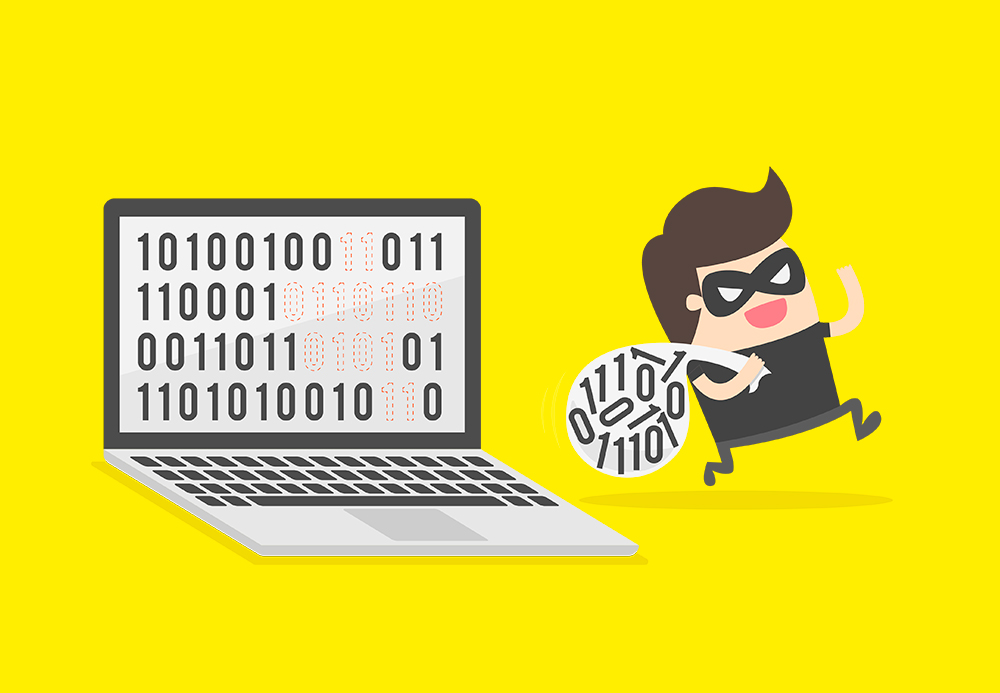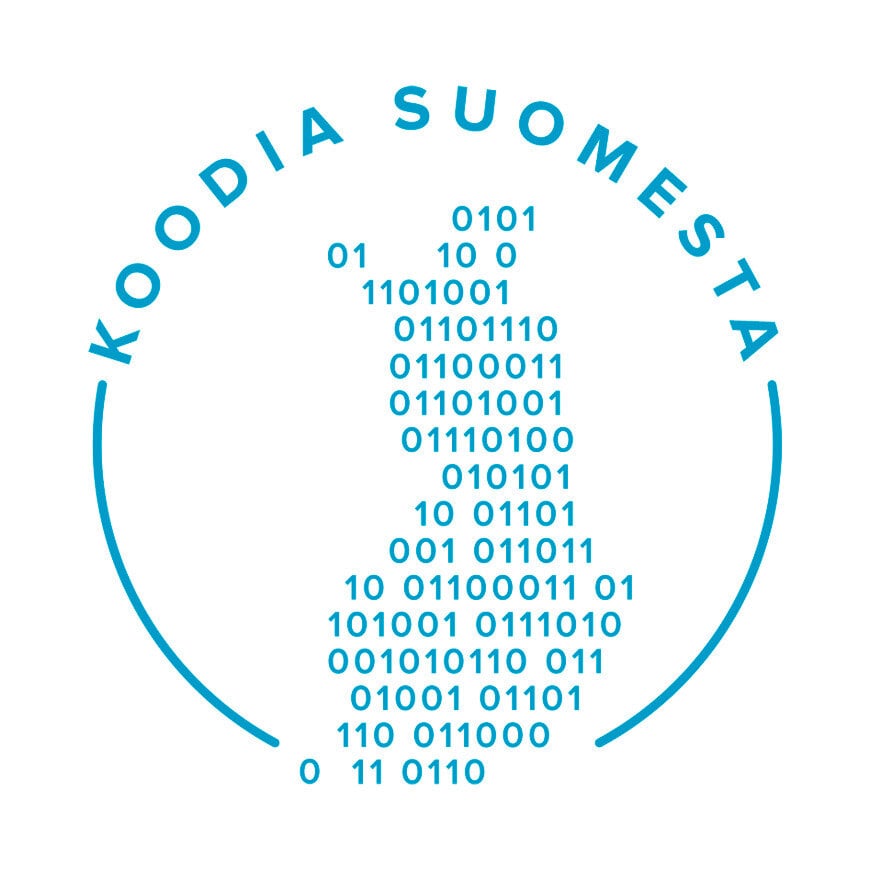7 Growth Hacking Strategies to skyrocket your sales

Growth hacking is a universal term for strategies focusing on maximal growth with minimum resources. Growth hacking combines marketing, experiments, and processes focused on improving brand visibility and growing the customer base in creative, innovative, and affordable ways.
⤴ At its best, growth hacking can skyrocket growth in no time at all. Compared to traditional marketing, however, it requires boldly trying new things through trial and error.
There are no guarantees of success, but on the flip side of this risk lies remarkable growth with no additional costs. Who wouldn't want their brand to go viral without astronomical marketing costs?
In this blog post, you will learn the 7 most effective growth hacking tactics that will help you integrate growth hacking into your marketing efforts and acquire new customers effectively.
Do you know what growth hacking is? Read our comprehensive knowledge pack on growth hacking 👉
(Image: Unsplash)
📐 Define your success with AARRR or RARRA
Although growth hacking requires dedication and testing different things, it can still be done in a solution- and result-oriented manner.
Before you start growth hacking, decide how you will measure success. For this purpose, you can use the growth hacking "pirate funnel" - AARRR (or RARRA).
The AARRR framework depicts the customer life cycle from the point-of-view of a growth hacker and helps monitor it effectively.
AARRR is an acronym for Acquisition, Activation, Retention, Referral, Revenue.
The AARRR framework places customer acquisition first in the growth funnel:
- Acquisition: Acquisition of new customers.
- Activation: Efforts to get customers to use your product or service.
- Retention: Retaining your existing customers.
- Referral: Referrals from your customers for the purposes of acquiring new customers.
- Revenue: The bottom line.
Another growth hacking framework, RARRA, prioritizes customer retention instead of acquisition. The RARRA framework focuses on building customers’ lifetime value by placing retention first in the funnel. Every effort along the way aims at acquiring new customers at the end of the funnel.
The RARRA model prioritizes customer retention above all else:
- Retention: Retaining customers.
- Activation: Efforts to get customers to use your product or service.
- Revenue: The bottom line.
- Referral: Referrals from your customers for the purposes of acquiring new customers.
- Acquisition: Acquisition of new customers.
Once you've chosen the framework, it's time to learn and apply a growth hacking tactic (or several).
(Image: Unsplash)
7 Most Effective Growth Hacking Tactics
1. Use interactive content ⏯
Utilizing interactive content is an excellent growth hacking tactic. Interactivity increases customer engagement and brand loyalty, which are critical in promoting the growth of your brand.
This growth hacking tactic makes visitors stop and spend time interacting with your content (instead of your competitors' content). Interactive content such as quizzes, webinars and videos have indeed become very popular in marketing campaigns.
Quizzes, in particular, have a high customer retention rate, which is an essential part of the pirate funnel (the RARRA framework specifically).
Get to know Outgrow interactive content platform 👉
2. Content repurposing ♻️
Content repurposing means reworking old or existing content in a new form. This is growth hacking at its best, as one of your old pieces of content can serve multiple different needs.
For example, you can edit old blog posts into newsletters, e-books or guest posts on other people's blogs. You can cut your videos into short summary videos or even podcasts. This way, you offer your audience a new way to learn from you and build your presence on multiple channels.
A real growth hacker keeps this point in mind when producing content: When making a video, its audio track can be published separately as a podcast. Furthermore, a transcription could be used as a blog post. That's three birds with one stone (video, podcast, blog post)!
3. Discounts and offers 🎁
It's hard to resist a free offer, but it's even harder to resist a free offer that's only valid for a limited time.
Growth hacking combines these two tempting factors and creates an "offer you can't refuse”. The sense of urgency is deeply ingrained in human psychology: Basically, we feel that we have to act when the situation is urgent. Take advantage of this need with your offers.
Offer e-books, bonuses, or discount coupons, but make the offer conditional: Valid for only 24 hours, this week, only if you act now, etc.
One easy way to implement this growth hacking tactic is to add a countdown timer to your emails, ads, or website's pop-up windows.
4. Take advantage of FOMO technology 😨
In addition to the sense of urgency mentioned in the previous paragraph, humans are driven by another strong psychological need: We don't want to miss out on anything good. Thus the acronym, FOMO: Fear Of Missing Out.
Emotions are a powerful tool in marketing. You'll get more conversions when you make potential customers feel like they're missing out on your offer.
This feeling can be influenced by using "social notifications" on your website (see, for example, the aptly named service provider FOMO). The most effective marketing is a personal recommendation, which is one of the cornerstones of the "pirate funnel".
Use social notifications on your website, especially if you have an online store. "4 products left in stock", "5 people are viewing this product now" or "10 people bought this product in the last 24 hours".
5. Use re-targeting 🎯
Retargeting means re-advertising to people who have already gotten to know your brand on your website, social media, or based on other interactions.
It's a great growth hacking tactic that pushes potential customers further along the purchase path. When your analytics tools and your website's cookies are in order, you can target ads to people who have visited your website.
Ads targeted in social media work particularly well in this context. You can use this tactic to reach concurrent goals by targeting one advertising campaign to convert website visitors into leads and another to convert leads into customers.
6. Email marketing and marketing automation 📧
Research shows that investing just one dollar in email marketing can generate up to $44 in revenue. (Naturally, the same math works with Euros).
Email marketing is still effective and affordable, even though everyone's inboxes may seem clogged. Newsletters are a great way to introduce customers to your product offering or build trust by providing genuinely valuable information.
Another advantage of email is that it can be automated. However, be sure to add a Call To Action (CTA) and give your customers the opportunity to respond to your emails with potential feedback and questions in mind.
👉Learn more about marketing automation platforms here
7. Landing pages and hypertargeted campaigns 🛬
These make sure that you get the conversions you are looking for. Tailor digital advertising campaigns and their landing pages to each channel you use to generate leads. For example, when clicking on Facebook ads, the landing page where visitors end up must be short, mobile-optimized, and preferably have a one-click CTA.
If you have content that ranks high in search results, pay special attention to your landing pages. SEO content with Conversion Rate Optimized landing pages works exceptionally well for growth hacking and lead generation.

(Image: Giphy)
Summary ✨
Growth hacking is an umbrella term for strategies focusing on maximum growth with minimum resources. Growth hacking is a collection of marketing, experiments, and processes for increasing brand visibility and acquiring new customers in creative, innovative, and affordable ways.
Growth hacking should be approached in a solution- and result-oriented manner. Use the "pirate funnel" (the AARRR framework), to monitor and evaluate results:
- Acquisition: Acquisition of new customers.
- Activation: Efforts to get customers to use your product or service.
- Retention: Retaining customers.
- Referral: Referrals from your customers for the purposes of acquiring new customers.
- Revenue: The bottom line.
If you choose the RARRA framework, prioritize customer retention instead of acquisition.
7 Most Effective Growth Hacking Tactics
- Use interactive content
- Content repurposing
- Discounts and offers
- Take advantage of FOMO technology
- Retargeting
- Email marketing and marketing automation
- Landing pages and targeted digital campaigns
At its best, growth hacking can skyrocket growth in no time at all. Compared to traditional marketing, however, it requires boldly trying new things through trial and error.
👉 Start growth hacking today! - book a free appointment with our SuccessGuide





